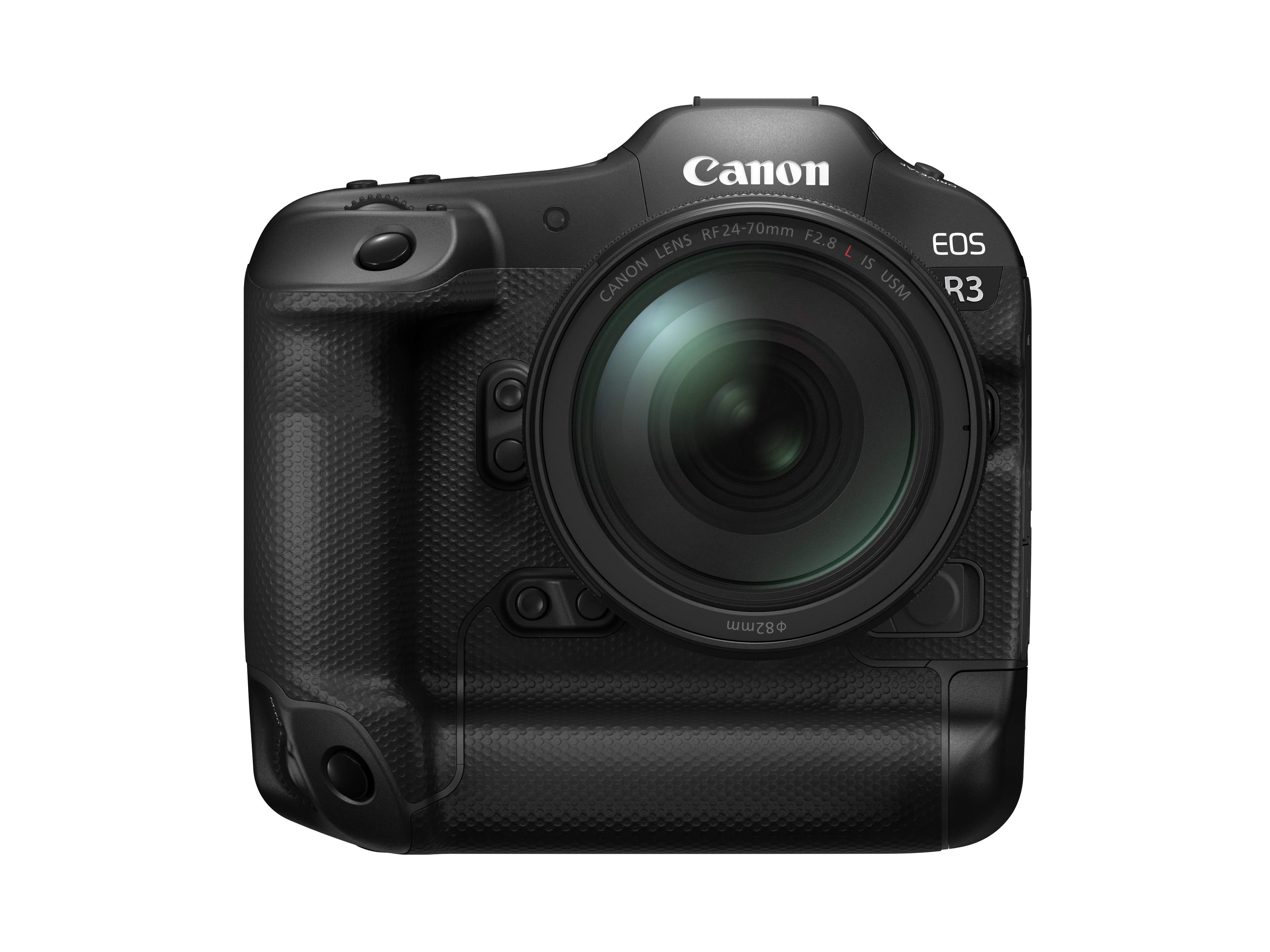Last Updated on 05/19/2021 by Dan Ginn
This would be a huge risk for the Canon EOS R3.
Canon has long been one of the few camera brands that produce their own sensors. Their latest creations have really pushed them back to the front of the pack. The EOS R5 and EOS R6 have proven Canon still makes great sensors. Canon fans are excited at the announcement that the Canon EOS R3 is coming. It’s going to be a first of its kind if they beat Nikon’s Z9 to market. A Full-Frame Mirrorless flagship of sorts. It will feature an integrated grip and mind-blowing specs. However, there’s a potential problem being theorized about this camera. It may not feature a Canon-made sensor. Read on below for more.
Table of Contents
The Depressing Theory About the Canon EOS R3
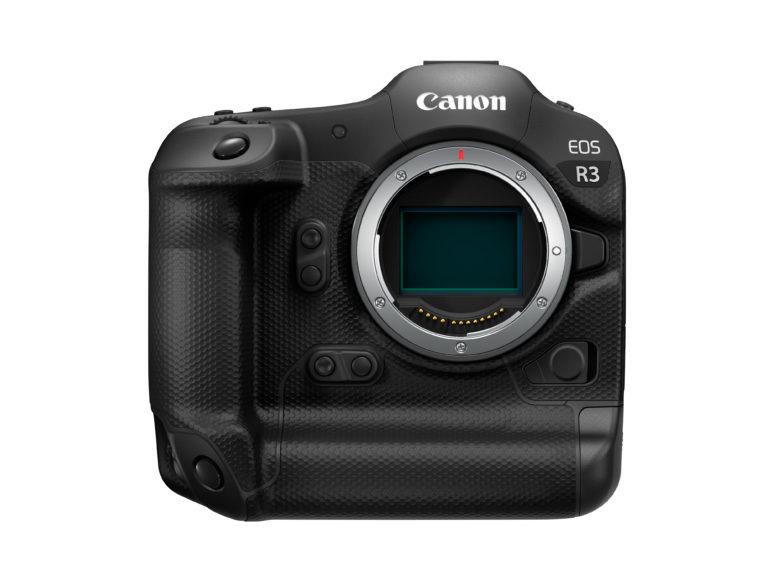
Canon Watch recently reported on this discovery in promotional materials about the EOS R3. Canon released a sensor presentation for the new R3. Then they made a slight change to it. At first glance, it seems to be a subtle word change. However, if attempting to read between the lines, an interesting conclusion was formed. The wording of this presentation changed from “designed and manufactured by Canon” to “developed by Canon.” This has caused some people to speculate as to the reasoning behind the change. Could this change of wording indicate that Canon decided to outsource the production of this new sensor? It does seem like a strategic change of language.
What Could This Mean?
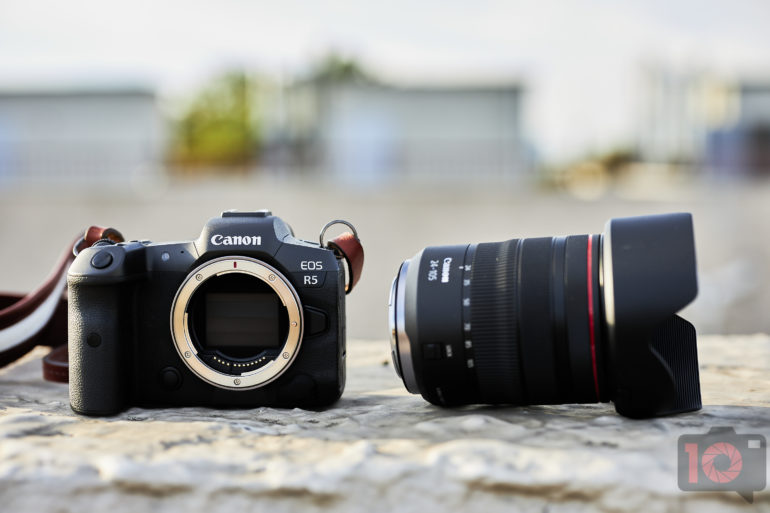
It would be terribly sad if Canon outsourced this sensor. However, there are other potential meanings behind this word change. The Canon EOS R3 will feature a back-illuminated stacked CMOS sensor. Perhaps the sensor portion itself will still be made by Canon. Due to the nature of stacked sensors, Canon may only outsource a part of it. These sensors consist of multiple pieces. Simplified, one part handles processing, and one part handles reading the light. As a result, Canon may still build the sensor and outsource the “processing” portion. Seeing as Canon generally produces its own sensors in all high-end cameras, this could be the case. This action would coincide with the global shortage of electronic components and makes some sense.
It’s also possible that the wording change was just that, a changing of words. As mentioned before, Canon typically designs and builds its own sensors. It would be strange for them to stop on a camera as important as the EOS R3. This camera could be the one to cement their standings as the professional Mirrorless of choice. While the Sony A9 cameras are technical marvels, they lack the tank-like build of a 1DX camera. If the Canon EOS R3 gets more right than wrong, it could draw many pros to the system.
Why Would Canon Outsource a Sensor?
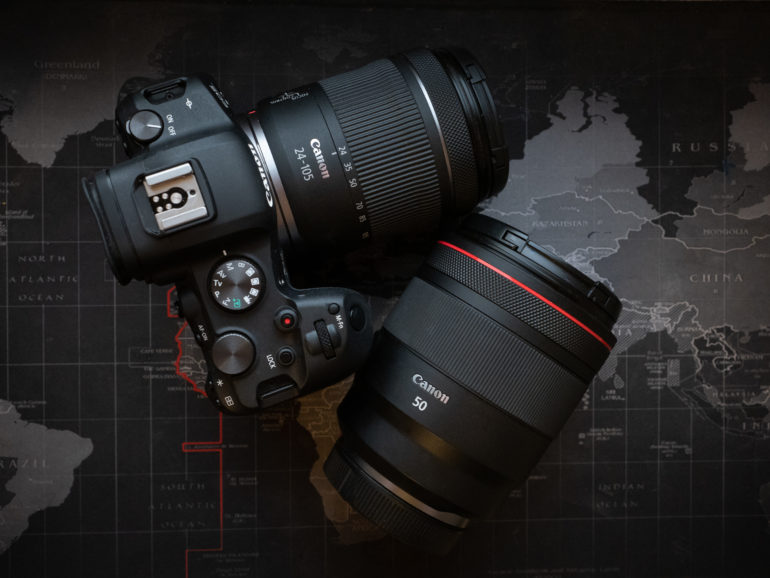
With the global pandemic and a large fire at an electronics plant that’s throttle the worlds supply, Canon could be facing some difficulties. Electronics across all industries have felt the wrath of 2020. Parts are in short supply and that could be hindering Canon’s internal capabilities. It’s easy to speculate that not every part of a Canon sensor is made in house. If that’s the case, it’s easy to find reasons that they may choose to contract manufacture of a new sensor. Maybe other producers have different sources for difficult to find parts. Perhaps the pandemic has limited staffing in Canon’s production facilities. It’s hard to pinpoint a reason why they would want to outsource. However, it’s easy to imagine several reasons that the may consider it.
Will the Canon EOS R3 Feature a Canon Sensor?
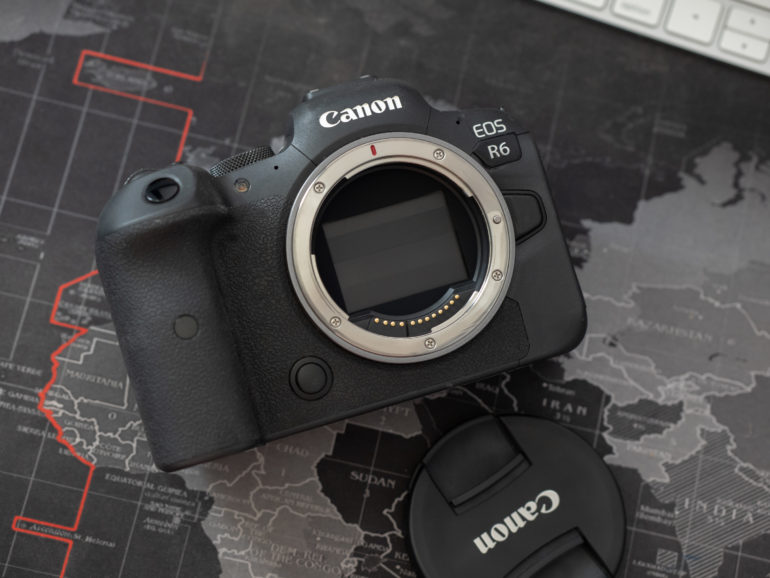
Despite all of the speculation and talk surrounding this theory, I think Canon will stick to their guns. This camera is too important for them to stick a Sony sensor in it. I think the most likely reason for the word change was either trivial or due to a portion of the sensor being built outside of Canon. This is a great opportunity for Canon to show that they can compete with Sony. The new A1 sensor has pushed the bounds of technology. If Canon can match or exceed what that sensor can do, they should.
The sensor in the EOS R5 is already excellent. Seeing what Canon can do with a BSI sensor will be worth the wait. If they manage to retain DPAF, high resolution, and a fast readout, they’ll be on top of the world. Also, the announced specs so far indicate that they can. This potential outcome makes more sense than modifying a Sony A1 sensor to work for Canon tech. Here’s to hoping I’m right.


